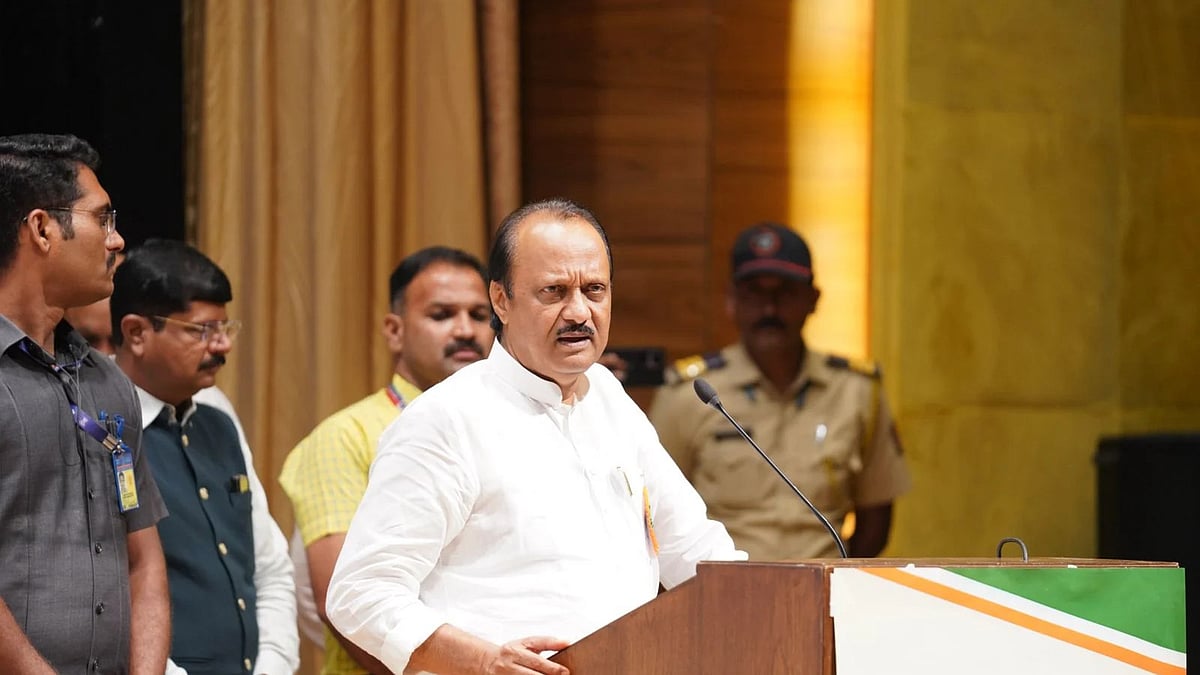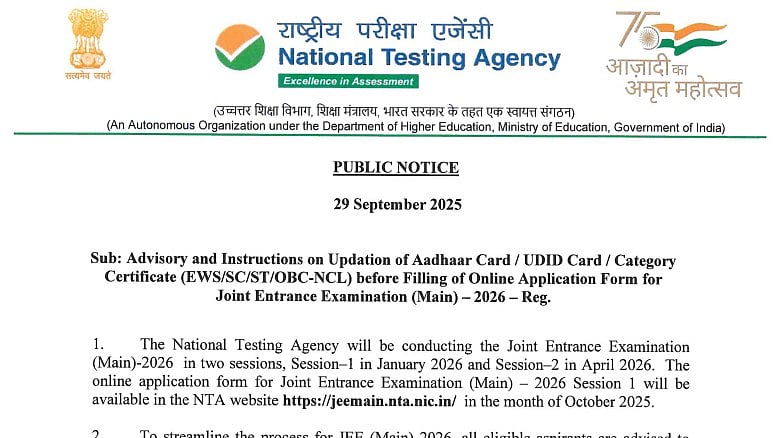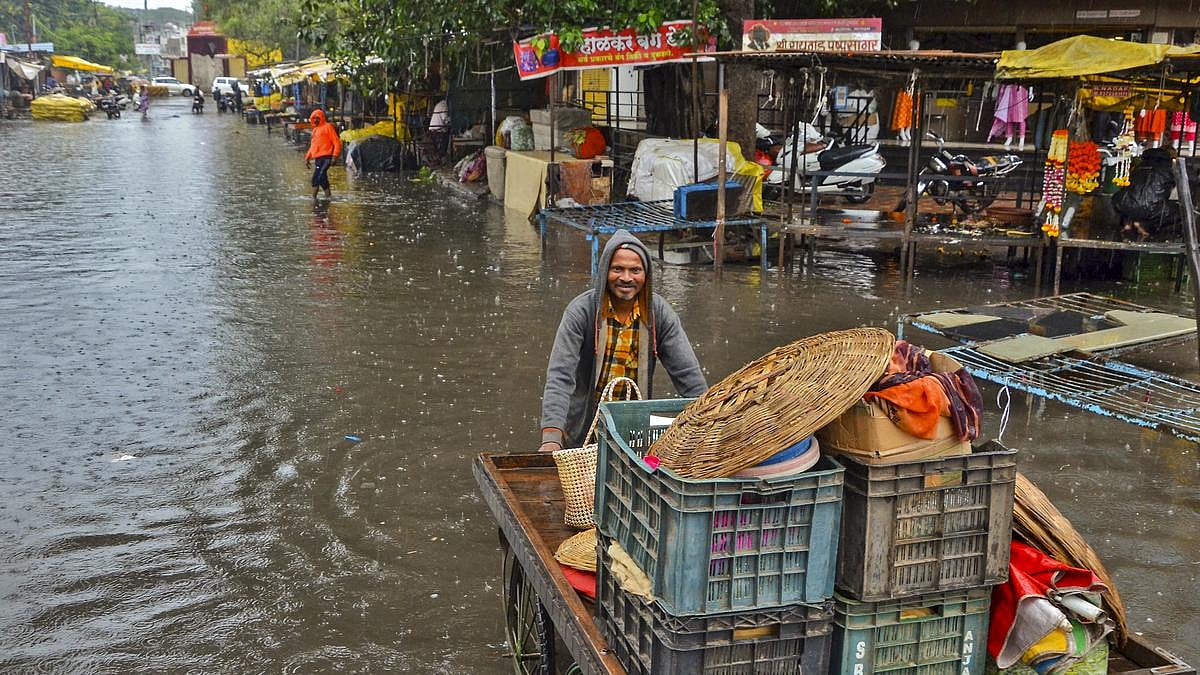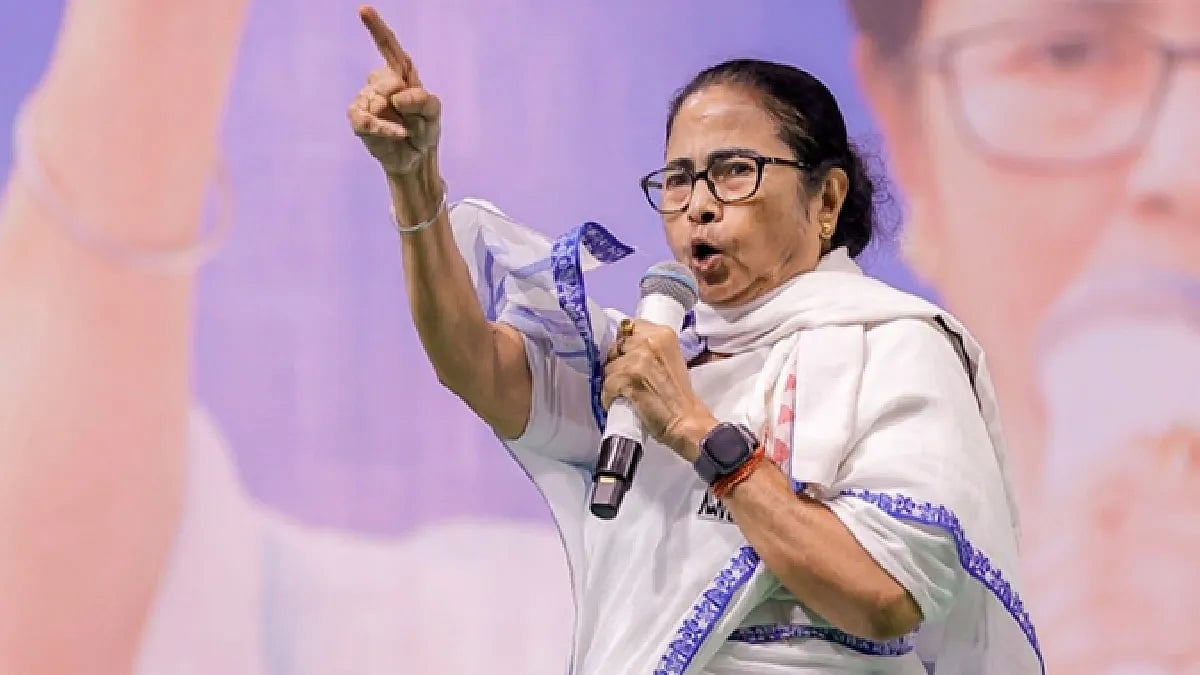Last month, finally, even the Supreme Court, taking note of recent suicides by students, said, ‘something is wrong’ after yet another student at IIT Kharagpur was found hanging from the ceiling fan in his room (this IIT has seen four ‘unnatural’ student deaths in seven months) and another student at Sharda University in Greater Noida died allegedly by suicide in her hostel room and named professors for her harassment and humiliation in her suicide note. She was repeatedly derided in the classroom. Even after her parents took up the matter with college authorities, nothing changed.
The Supreme Court has asked for responses from authorities of these institutions as regards how promptly they responded to these deaths and what steps they had taken once they came to know of these suicides.
On the same day, the UGC issued a show-cause notice to Kalinga Institute of Technology, Odisha, warning it against possible legal action and withdrawal of its deemed-to-be-university status in connection with the suicides of two students a few months back.
In February this year, a B.Tech student from Nepal was found dead in her hostel room, and again in May, another Nepalese student was found dead in her hostel room at KIIT. After the uproar, the UGC had appointed a fact-finding committee to investigate both cases.
The report of the committee accused the institute of failing to act lawfully on sexual harassment complaints, inadequate hostel facilities, and the use of brute force against students. The report said that the institute prioritised its ‘reputation over regulations’.
It added that the ‘internal complaints committee to look into sexual harassment complaints failed to take lawful action…; there was no transparency that protocols for investigation were followed. Instead, in both cases, the college opted for an illegal compromise between the accused boy and the harassed girl.’
In yet another incident, in Balasore, Odisha, a 20-year-old B.Ed student set herself on fire on the government college campus (and died two days later) because her repeated complaints alleging sexual harassment by a professor and the head of the department she was affiliated with were ignored by the college principal.
Even after she went to the police, no FIR was registered. When she went to the college internal complaints committee, not only did it not offer her any relief, but there was also pressure on her to withdraw the complaint! Desperate, she posted on platform X that she would commit suicide if she didn’t get justice. And yet, it took four and a half hours before she was taken to hospital after she poured petrol and set herself on fire.
Astonishingly, it later emerged that after she filed the complaint against the professor, the professor managed to get 71 out of her 100 classmates to write a letter supporting him against her! A friend of the victim said that the accused professor deliberately picked on her—would mark her absent if she turned up for classes even two or three minutes late and failed her in several papers. Further, she was very upset that her classmates talked badly about her character.
In another incident in Mumbai, at JJ Hospital, last month, students were protesting against the head of the paediatrics department, holding her responsible for the attempted suicide by a resident doctor. The resident doctor had desperately requested the head to ‘please show some kindness’ in a WhatsApp message, but the head never responded!
The resident doctors accused the head of extremely odd behaviour towards certain students in each batch, criticising even students’ personal choices and instigating patients against them! In fact, the United Doctors’ Front, a doctors’ forum, described the incident as a ‘symptom of institutionalised cruelty and neglect’ in a protest letter to the Maharashtra Chief Minister.
The Front further noted that the faculty at the hospital callously blamed the victim for her suicide attempt instead of fixing accountability. Even as I write this, yet another PhD student has committed suicide at IISER, in Nadia, after complaining of ragging and apathy by the college administration in a social media post.
These incidents suggest a depressing state of affairs in institutions of higher education across the country, where young students feel so helpless against authorities and feel so abandoned by their institutions that they see suicide as the only option.
Clearly, increasingly and alarmingly, the faculty are seen to abuse their enormous power over students, and safety mechanisms and processes—even when nominally in place—look broken and repeatedly fail to protect students and sensitively respond to their serious complaints.
Sadly, this is not just a failure of law. Instead, it is a collective failure of the college administration, the institutional mechanism to deal with sexual harassment cases and ragging, the failure of the police and of society at large, and an astounding lack of empathy among the faculty (and often fellow classmates) towards their students.
The real problem is that there is no simple way out; no cosmetic solution would help and would only be seen, rightly, as merely a ‘damage control’ exercise. These suicides reflect a deep-rooted crisis in our institutions, and any long-term solution would require a complete reorientation of how, and for whom, our institutions are managed. And yet, we are clueless because our academic and political leadership is in denial about the very nature of this crisis. The future, alas, offers little hope.
Vrijendra taught in a Mumbai college for more than 30 years and has been associated with democratic rights groups in the city.

Need Help- Call Aasra | Aasra |











